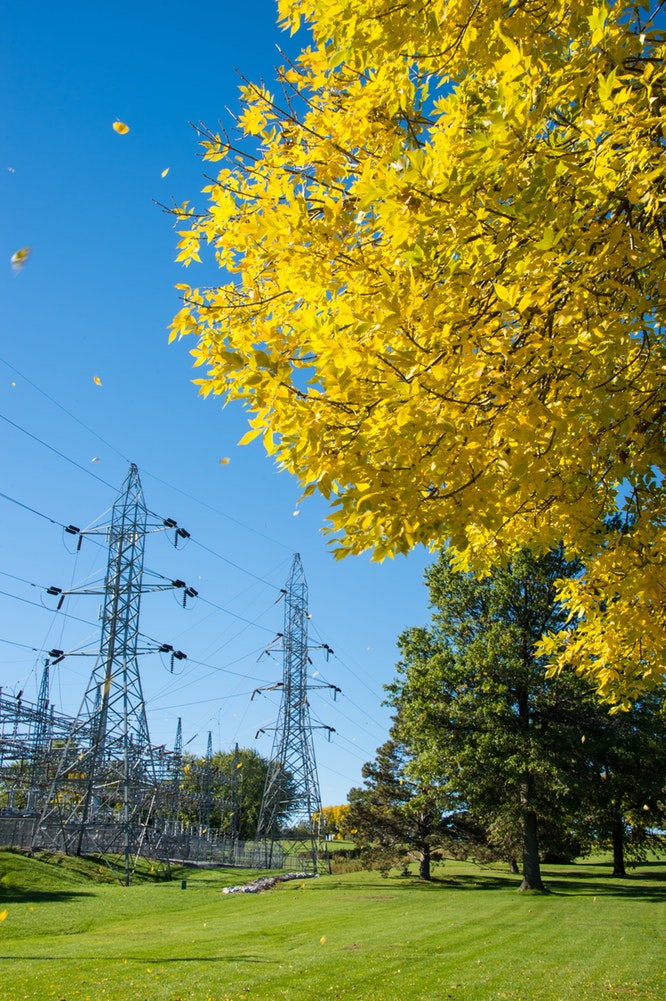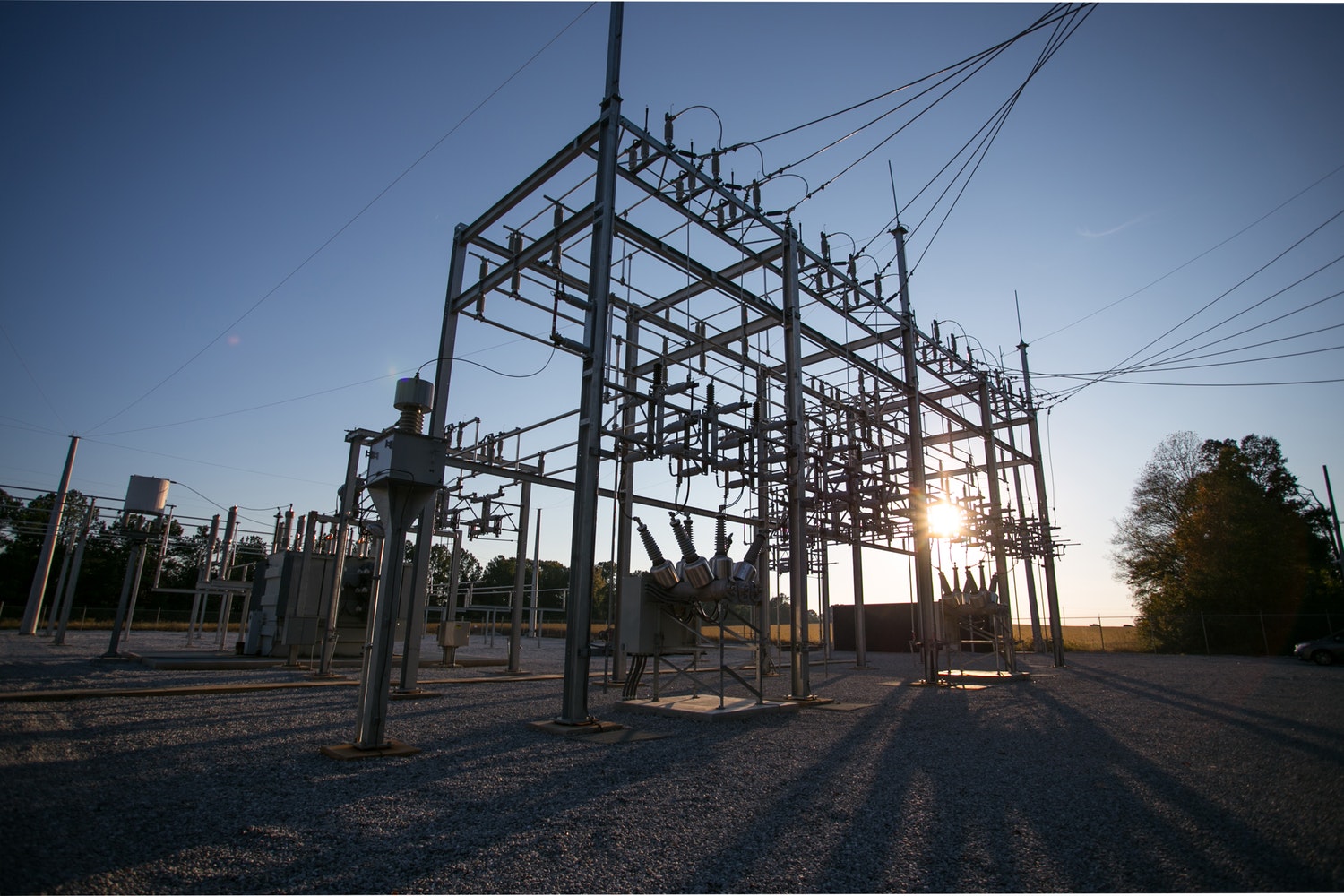Blockchain's Promise to Revolutionize the Energy Sector
In early February, Tesla and the government of South Australia announced what was being been billed as the world's largest virtual power plant. Combining rooftop solar PV and behind-the-meter batteries, the 250 MW system would ultimately include roughly 50,000 households. Meanwhile, that same week, the European Union announced formation of an observatory and forum, alongside €100 million ($124 million) in funding, dedicated to researching uses for blockchain technology. Also that week, Bloomberg New Energy Finance released a report highlighting $143 million in investment by 135 companies supporting blockchain applications for the energy sector specifically.
These seemingly unrelated anecdotes signal two mega trends on a potential collision course for electricity systems around the world: 1) the accelerating decentralization, decarbonization, and democratization of the grid, and 2) the rise of blockchain applications beyond cryptocurrencies and payments, including for energy-sector applications, from distributed energy resource (DER) integration to renewable energy certificates of origin to peer-to-peer energy trading networks (and many other use cases).
From Bitcoin to Blockchain
 Bitcoin, the popular digital cryptocurrency, is the best-known application of blockchain technology. Blockchains are a form of distributed ledger. Unlike centralized cloud computing (which are often proprietary, closed systems), blockchains are heavily decentralized, with identical copies of the ledger residing on many independent computers around the world. Those computers must cross-validate blocks of transactions and agree to add them to the ledger, making blockchains especially secure against corruption via cyberattack or bad actors.
Bitcoin, the popular digital cryptocurrency, is the best-known application of blockchain technology. Blockchains are a form of distributed ledger. Unlike centralized cloud computing (which are often proprietary, closed systems), blockchains are heavily decentralized, with identical copies of the ledger residing on many independent computers around the world. Those computers must cross-validate blocks of transactions and agree to add them to the ledger, making blockchains especially secure against corruption via cyberattack or bad actors.
Such an immutable, secure ledger enables participants to agree on a record of information (without the same needs for independent third parties), automate previously cumbersome processes, and lower transaction costs. While Bitcoin's value, and energy use, have dramatically increased over the past year and captured many headlines, the underlying blockchain technology is the real story.
Cryptocurrencies such as Bitcoin are but one use of blockchain technology, which also has tremendous potential to transform a variety of industries. The energy sector-with its myriad participants, resources, markets, and regulations-is particularly ripe with opportunity. Blockchain is poised to support and accelerate the transition to a decentralized, democratized, decarbonized electricity grid.
The Rise of DERs and Smart Devices
It's no secret that electricity grids across North America and globally are undergoing a fundamental transformation via:
- Decarbonization: the rise of renewable energy, including wind, utility-scale solar, and commercial and residential rooftop solar;
- Decentralization: the rise of customer-sited distributed energy resources such as rooftop solar, energy storage systems, smart thermostats, electric vehicles and EV charging, smart appliances, etc.; and
- Democratization: the ability for customers to provide value to the grid, trade among themselves in peer-to-peer exchanges, and/or participate in various existing retail and wholesale electricity markets
But are these mega trends poised to "break" the electricity grid, so to speak? Reconsider Tesla's South Australia virtual power plant, expected to ultimately include some 50,000 households. That sounds like a large number... until you consider where the grid is going. Analyst Gartner estimates there were ~8.4 billion IoT devices in use in 2017, and McKinsey forecasts that number to grow to 30 billion by 2020. Look at smart thermostats in particular. As of September 2017, U.S. utility "bring your own thermostat" programs alone had more than 2 million smart thermostat installations, expected to triple to 6 million by 2024. Analyst Navigant forecasts the global smart thermostat market will reach $4.4 billion by 2025 (up from $1.1 billion in 2016).
As renewable energy continues to displace conventional generation, and as we connect millions-and eventually, billions-of grid-interactive customer devices and technologies with flexible electricity loads to the grid, how will utilities and grid operators manage and balance all those resources and assets? That's where the power of blockchain really shines.
Blockchain for the Energy Sector
 From streamlining utility billing programs; to increasing the transparency and lowering the transaction costs of certificates of origin markets (e.g., renewable energy certificates); to enabling open and fair market access for all people, organizations, and devices, regardless of resource size; to unlocking opportunities for peer-to-peer (P2P) and machine-to-machine (M2M) energy transactions, blockchain's attributes are transformational and make it especially well-suited to a wide range of use cases.
From streamlining utility billing programs; to increasing the transparency and lowering the transaction costs of certificates of origin markets (e.g., renewable energy certificates); to enabling open and fair market access for all people, organizations, and devices, regardless of resource size; to unlocking opportunities for peer-to-peer (P2P) and machine-to-machine (M2M) energy transactions, blockchain's attributes are transformational and make it especially well-suited to a wide range of use cases.
But in a blockchain-powered energy future, the right platform design will be critical: able to handle high transaction volumes per second while keeping computing energy consumption lean; allowing open access for market participants at all scales; and ensuring sufficient governance and oversight to address regulatory concerns.
Whether Bitcoin's volatile value surges back up to its December peak by the time you're reading this article is anyone's guess. As for blockchain in the energy sector, there's much to watch and be cautiously excited about.
Peter Bronski leads marketing and communications for Energy Web Foundation, a nonprofit cofounded by Rocky Mountain Institute and Grid Singularity developing an open-source blockchain platform specifically for the energy sector in concert with a network of affiliate partners. He is also the founder of Inflection Point Agency and an alumnus of Rocky Mountain Institute and Panasonic.
Energy Web Foundation | www.energyweb.org
Volume: 2018 March/April








